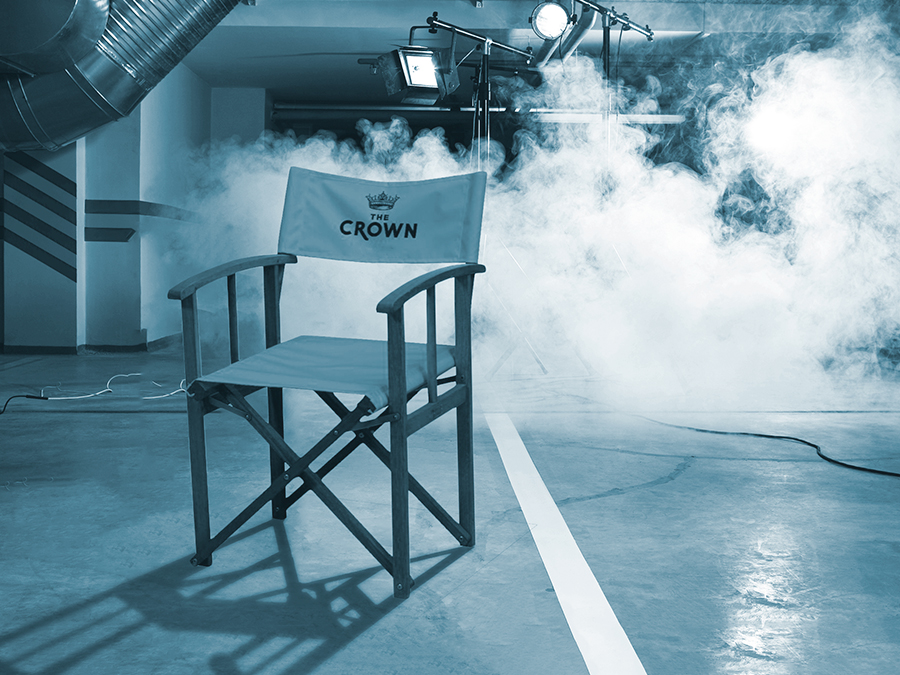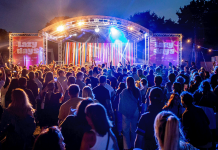How emblematic is the director’s chair as a symbol of Hollywood filmmaking? Put it this way, if you were going to make a film about making a film, how would you furnish your set?
Beyond the clapperboard and film cameras, I’m sure you’d sit your fictional cast and crew down in director’s chairs. Many big-name directors have done just that when depicting the movie industry on-screen.
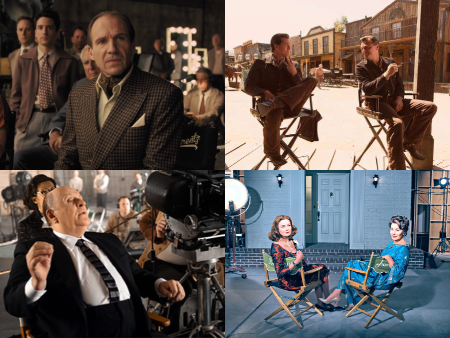
In Hail, Caesar!, the Coen Brothers showed characters relaxing in director’s chairs during downtime, and so did Quentin Tarantino in Once Upon a Time in Hollywood. The Netflix series Feud, with Susan Sarandon and Jessica Lange as Bette Davis and Joan Crawford, saw the leads parked in personalised chairs. And when Anthony Hopkins starred in the 2012 biopic Hitchcock, he rested his artificially padded behind in this quintessential piece of on-set furniture.
So how did this familiar design come about? And how did it become so closely associated with the movies?
Three-act structure
The economical design of the director’s chair is the epitome of behind-the-scenes practicality. Two canvas pieces simultaneously hold the hinged wooden frame together under tension while comfortably cradling the sitter. They’re easy to collapse and carry because of the scissor action of the crossed legs, perfect for switching locations. No surprise then that this elegantly simple seat should become a mainstay of movie making.
They’re easy to collapse and carry because of the scissor action of the crossed legs, perfect for switching locations. No surprise then that this elegantly simple seat should become a mainstay of movie making.
Origin story
Examples of foldable chairs have been unearthed from over three millennia ago in locations as far flung as Danish bogs and Egyptian tombs. While we can trace cross-framed seats as far back as ancient Egypt, pre-Roman Etruria and elsewhere, the Roman ‘curule’, or chariot seat, is perhaps the most widely-documented ancient collapsible chair.
The design featured the characteristic hinged ‘X’ structure, but had curved legs and sometimes no backrest. Such foldable furniture was reserved for high-ranking public officials and military leaders, so they were quite the status symbol at the time.
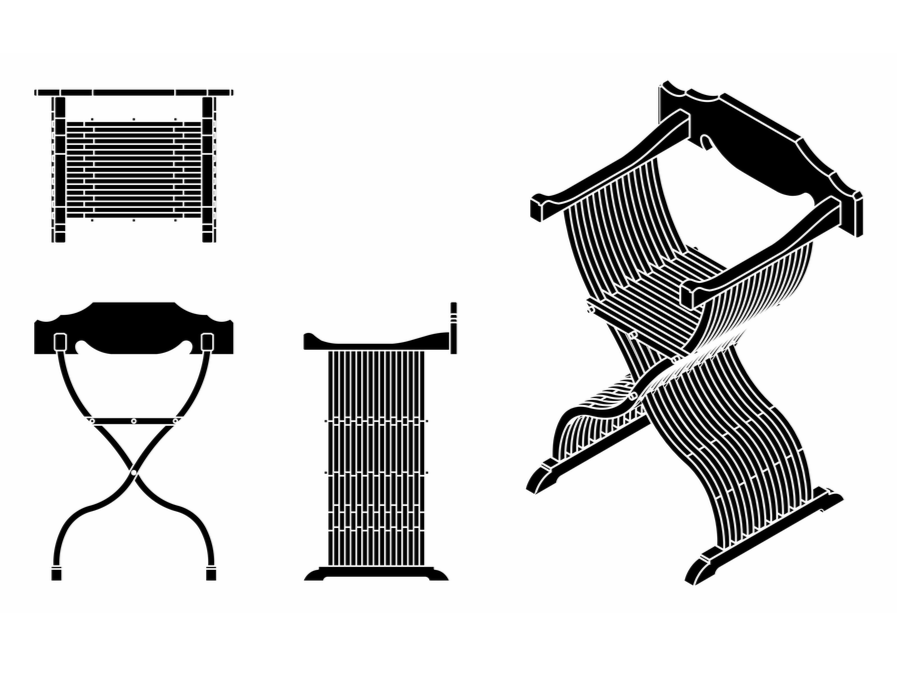
Things go predictably dark in the Dark Ages, but by the late medieval period, Europe is seemingly packed with portable perches. From sovereign to serf, everyone was down for a sit down on a folding chair, with examples of bronze and gilded thrones as well as basic wooden versions surviving to this day.
By the 15th century, we find the more recognisable ‘coffee-makers chair’ with its seat and backrest consisting of fabric secured to the frame at either end.
Going Stateside
The director’s chair in its current form made its American debut when The Gold Medal Camp Furniture company introduced it at the 1893 Chicago World’s Fair. The company marketed its new product as a camping accessory, and the chair won a Gold Medal for Excellence in Design.
The first film ever to wrap in Hollywood, California is thought to be The Count Of Monte Cristo in 1908. Production of the movie actually started out in Chicago, so who knows, maybe the director’s chair travelled to Tinsel Town along with the crew!
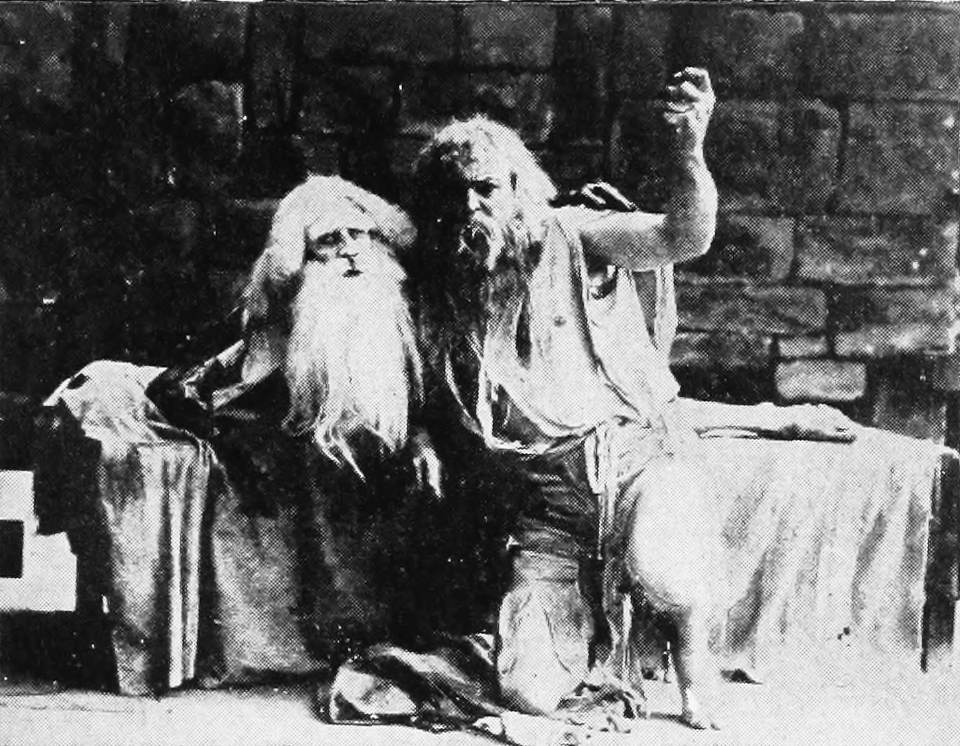
On message
One of the producers behind bringing The Count Of Monte Cristo to Hollywood was industry legend Sam Goldwyn, who famously said “pictures are for entertainment; messages should be delivered by Western Union”.
We know little of the studio mogul’s position on furniture, but we do know that the director’s chair is perfectly designed for delivering a message.
The fabric back support not only provides structure and comfort, it’s also the perfect canvas for text and logos. The horizontal, landscape panel lends itself to displaying the names of cast and crew members, but it’s also a great branding opportunity for businesses.
Mise en scène
The great directors are masters of “mise en scène”, the art of placing objects in environments to set the stage for the action. If you’re thinking of adding director’s chairs to your brand toolkit, it can pay to think like a director and consider how and where to deploy them. Some great spaces where branded chairs can work for you include:
- Reception areas. Create a contemporary first impression for clients and visitors that
will reinforce your brand. - Trade shows. Provide some seating and attract an audience. Your printed logo will
help you own the space at your event. - Hospitality spaces. As an offbeat alternative to conventional seating, director’s
chairs can bring a themed atmosphere to cafés and bars. - Meeting rooms. Set the scene for productive ideation sessions with inspiring seating
that conjures the creative spirit of the cinema. - Promotional gifts. If you’re feeling generous, director’s chairs make an impactful
giveaway that’s sure to get plenty of use while displaying your brand. - Merchandising products for resale. If you’re working with a strong, aspirational
brand that your audience buys into, why not capitalise with exclusive printed
director’s chairs? - On stage at presentations. If you have a panel at a seminar, why not let them get
comfy in director’s chairs that are easy to get on and off stage, store and transport.
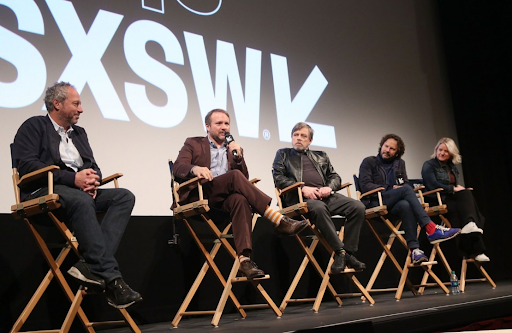
The right direction?
Deployed in any of these scenarios, a director’s chair represents a cultural nod to the world of cinema. The brand associations you’ll be building will reflect excitement, imagination and glamour. A printed director’s chair featuring your name or logo will mark you out as a culturally savvy brand that manifests creativity and authority.
Customised director’s chairs from Solopress are printed on the backrest, the seated area, or both, giving you ample opportunity to display your message. These two print areas are 390 x 440mm on the seat and 500 x 160mm across the back.
The direct dye print method we use produces a crisp, full-colour image allowing you to achieve colour blends, gradients and even photographic imagery. And because they’re all-over dye printed, there’s no need to pick from a limited range of backgrounds. Instead you can match your seat and back panels exactly to your brand colours.
The frames are made from sustainably sourced eucalyptus timber which is both sturdy and environmentally friendly. Along with the durable canvas fabric, they’re designed to be long-lasting and durable for indoor and outdoor use. Both the seat and back canvases are removable and washable, so your director’s chairs will keep their filmstar looks over a lengthy career in the public eye.

